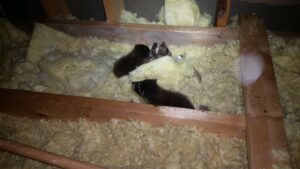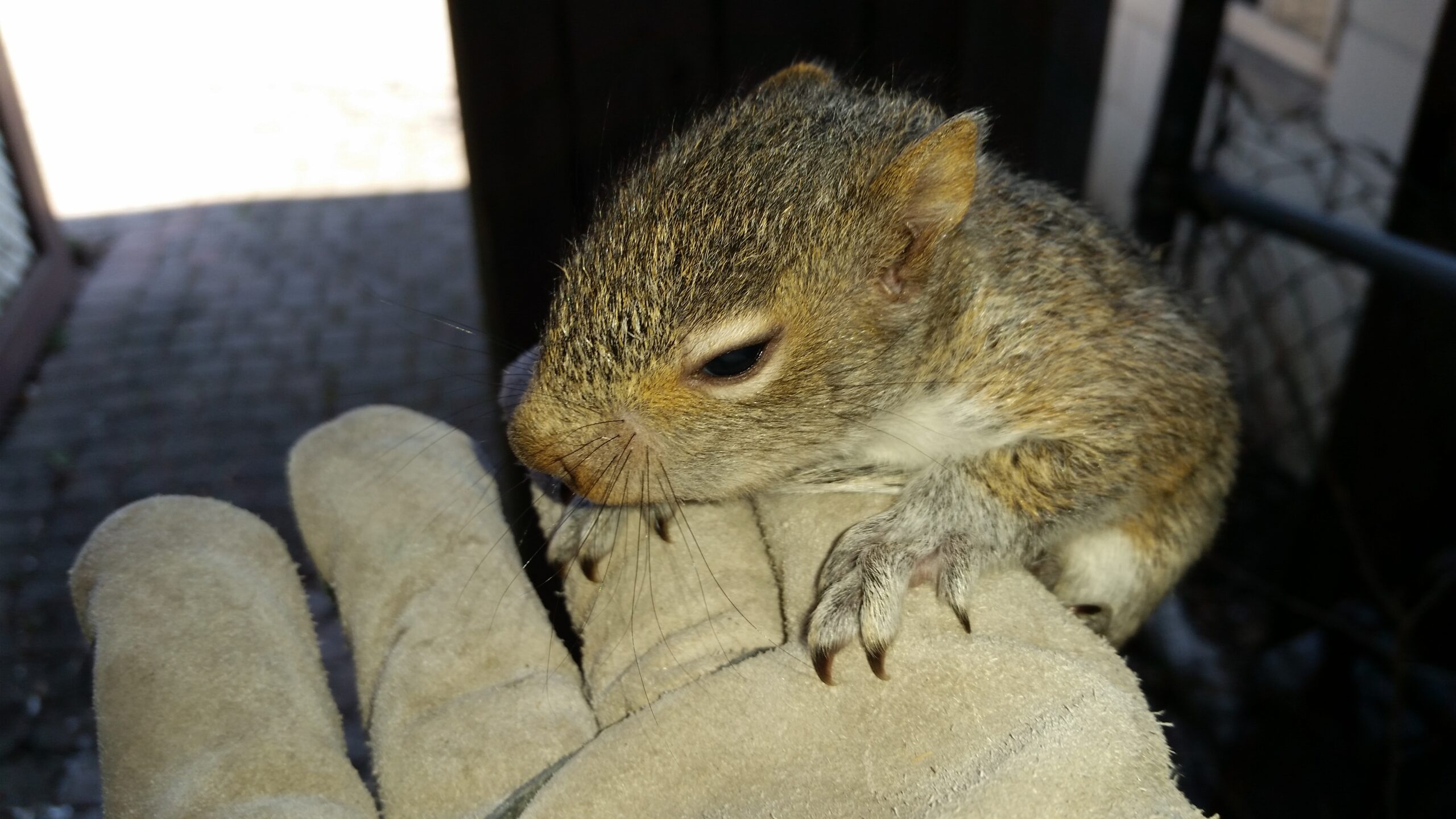Which Animals Make Additional Preparations for Winter?
While some creatures move south in the fall for the warmer weather, most stock up on food and modify their habitats for colder temperatures. Understanding the seasonal behaviour of the wildlife in your area can help you protect your home and prevent unwanted guests from wintering on your property.Squirrels
Unlike other mammals, squirrels maintain a stable body temperature throughout the year and do not hibernate. They gorge themselves in the fall to increase their body fat, and they store large loads of nuts and seeds in hollowed-out areas in trees or underground. They also add materials to their dens to keep the cold air out.Skunks
When the temperature cools in the fall, skunks are busy hunting for insects and improving their habitats. Skunks do not hibernate, but they enter a similar state of rest called torpor. Before entering torpor, the animals dig holes under buildings or other structures to serve as winter shelters. Skunks can sleep for up to two weeks before they look for additional supplies, and they’re not happy if a homeowner disturbs their sleep or tries to remove them.Raccoons
Like skunks, raccoons enter torpor in the wintertime. They eat voraciously to gain weight in the fall because they typically lose half their body weight over the winter. Raccoons look for warm places to shelter like tool sheds, chimneys and attic spaces. During warmer winter days, raccoons wake up and search the surrounding area for food. Unfortunately, garbage and recycling bins are prized locations for hungry raccoons. Keeping your yard clean and using more durable trash containers can reduce the number of raccoons roaming your yard at night.



